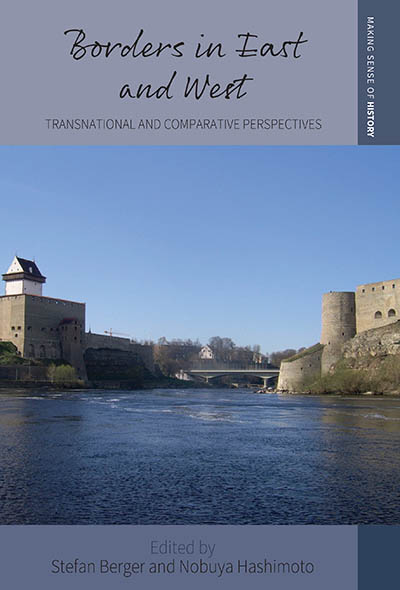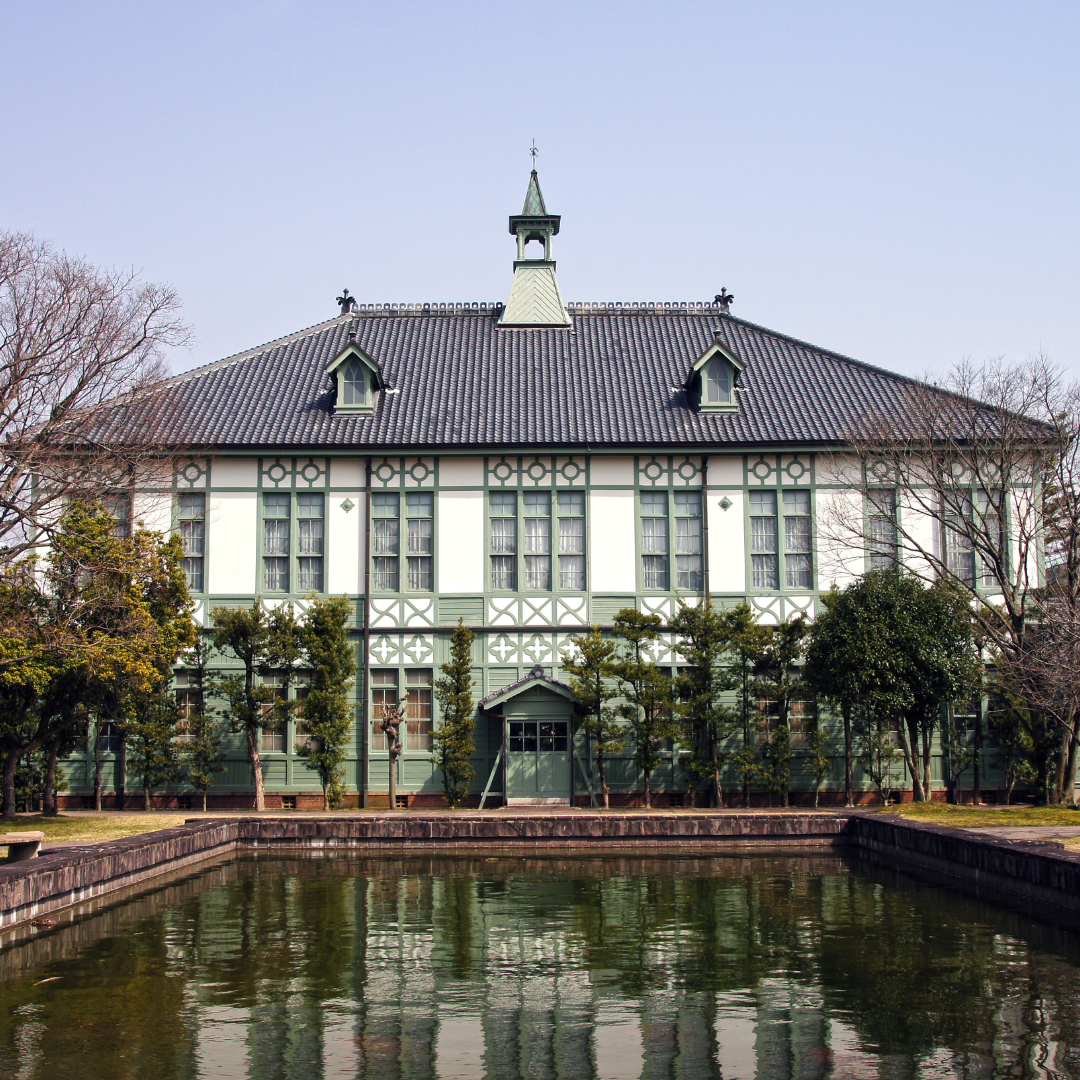East Asian and European border experiences

Published by: Berghahn

In the 1910s, the multiethnic and multi-confessional land empires that had risen to dominate Central Europe and East Asia in the late 1600s were torn apart by competing successors. Having experienced a similarly devastating springtime of the twentieth century, the paths of the two divided post-imperial areas of the Habsburgs and the Qing diverged remarkably. By the 1950s, “the Chinese people stood up,” and with the Communists taking all but two of the Manchu dynasty-ruled territories, by the end of the century the Empire had swung back to its historic position in the global economy. Meanwhile, crumbling into smaller and smaller pieces, Habsburgia’s so-called nation-states remained little more than pawns in the great games of the Atlantic and Eurasian powers. Although rarely conducted, when done carefully the comparison of the Qing and the Habsburgs can be very instructive. For one, consider the ruling practices of the Emperor Qianlong (1711-1799) and Emperor-King Francis Joseph (1830-1916), who wore many ethnocultural hats as they showed off their varying yet well-deployed knowledge of their subjects’ tongues on temple gate inscriptions or ceremonial visits to the Crownlands.1 In the first twin studies of the volume reviewed here (Part One), the authors examine borderlands and their internal colonization areas known today to a broader audience from newspaper headlines such as Xinjiang (East Turkestan), Galicia (West Ukraine), and Bosnia-Herzegovina. Reading about the civilizing missions and subjugation practices of the two metropoles in their respective frontiers, one is almost compelled to consider contemporary parallels.
The edited volume, Borders in East and West, covers a rich selection of topics and a broad geographical range between the eighteenth and twentieth centuries. Editors Stefan Berger, a historian of Germany and Britain at Ruhr-University Bochum in Germany with an interest in nationalism and national identity, and the Baltic specialist and Russianist Nobuya Hashimoto of Kwansei Gakuin University in Japan, who works on nationalist memory politics, compare “border experiences” in seven thematically organized clusters. In a publication that grew from an international research group on collective memories and a border history conference at Japan’s leading Slavic-Eurasian Research Center at Hokkaido University, they take a closer look at land and sea borders in the Russian, Chinese, Japanese, and Austro-Hungarian imperial spaces. Citing works by Larry Wolff, Norman Davies, Chikara Rachi, and Kenneth Pomeranz, in their introductory remarks the editors explain their aim of offering a comparative “East-West scheme” while also transcending what they see as the commonly practiced “hierarchical ranking of national histories.” In the opinion of this reviewer, their efforts have borne fruit.
Part Two somewhat provocatively pairs Japanese women’s college trips to colonial Manchuria (Manchukuo) in the 1930s with post-1989 Polish memory tourism in the lost Eastern territories
Indeed, one of the strengths of this rich volume is the diverse selection of authors. Bringing together academics from various linguistic backgrounds and along a spectrum of career stages, the editors have collected a great swath of scholarly contributions from historians and social scientists whose work on the East Asian and Central and Eastern European regions they found relevant for advancing border studies. In a genuinely transnational manner, the seven thematically paired twin chapters discuss economic integration, tourism, maritime borders, food classification, the colonizer’s ethnic gaze, migration, and geopolitical rivalries in the borderlands. For instance, Part Two somewhat provocatively pairs Japanese women’s college trips to colonial Manchuria (Manchukuo) in the 1930s with post-1989 Polish memory tourism in the lost Eastern territories (Kresy), while Part Three features the obscure yet instructive cases of twentieth-century land and sea border constructions respectively between Russia and Estonia and between Japan and Taiwan. In Part Four’s appetizing turn to cuisine in contested territories, the complex classification of the eating habits of Italo-Yugoslav Istrian exiles and the ethnic minorities of Northeastern China are on the table. Among other things, the reader learns how the founder of a high-end American-Italian food market’s Istrian “coming out” and the Chinese domestication of “ethnic food customs” relate to gastronomical hybridism. Part Five turns to Russian and Japanese colonizers’ gaze on their respective Finnic and Ainu subjects, while migration and interethnic conflicts in China’s Korean and Mongolian borderlands are presented in Part Six, the latter discussion also drawing on Soviet and Hungarian diplomatic reports. Part Seven considers the shared characteristics of the geopolitical rivalries in Russia’s Northern and Far Eastern frontiers. The addition of a unique concluding chapter jointly written by an area specialist, a sociologist, and a political scientist considers the global networks of US military bases as cases of borderlands. This should not be a surprise, knowing Japan’s long contention of the US Navy presence in Okinawa.
In our current world order, where borders continue to be contested from Ukraine to Taiwan, the historical precedents collected in this volume remain invaluable to every educated reader.
The challenge of such an ambitious collection is to bring its diverse contributions into a meaningful conversation with each other, a bar that not all clusters clear to the same degree. To be fair, comparisons and analogies can never be airtight, and no two case studies should perfectly overlap in their chosen criteria. The brief joint introduction of each twin chapter is a convenient and helpful device to connect the two chapters; however, their degree of precision varies considerably from isolated and descriptive to synthesizing and analytical. A great example of the latter kind is Shizue Osa’s and Małgorzata Głowacka-Grajper’s “Tourism and Borderlands” introduction, where their respective Japanese and Polish case studies are brought under the same analytical framework. The imperial gaze is perceptible among interwar Japanese female students and those more recent travelers nostalgic for the medieval Polish-Lithuanian Commonwealth. Similarly, it is evident that Loretta Kim’s and Ilaria Porciana’s chapters on frontier gastronomies draw on each other’s conceptual tools when they consider overlooked cuisines of minority populations. The most systematic, almost chapter-long synthetizing effort by Andrea Komlosy and Kwangmin Kim will surely be appreciated by many readers whose imagination was inspired by their discussion of Habsburg-Qing frontier policies. (The reviewer is no exception to that.)
In a sweeping gesture, Borders in East and West powerfully urges specialists of two macroregions to consider each other’s often inward-looking fields. While this unique cross-pollination could indeed serve East Asianists, scholars of Central and Eastern Europe will benefit perhaps even more from this grand contribution to the globalization of their field. In addition to the useful analogies and thought-provoking comparisons, this collection written in the lingua franca English opens up otherwise mutually inaccessible research projects for the reader. In our current world order, where borders continue to be contested from Ukraine to Taiwan, the historical precedents collected in this volume remain invaluable to every educated reader.
Mátyás Mervay is a Ph.D. Candidate (2024) at New York University’s History Department and a Lecturer of Modern East Asian History at Princeton and Yeshiva Universities. His dissertation “Habsburg Refugees in China: Postimperial Diaspora, Diplomacy, and Orientalism in the Republican Era (1918-1949)” focuses on displacement, humanitarian assistance, and diaspora formation in a twentieth-century Sino-Central European foreign relations context, drawing on multilingual sources from three continents. His non-fiction book on Shanghai’s Hungarian rescuer of World War Two Jewish refugees has been published by a Budapest publishing house (A cserben hagyott hazafi – Zsidómentés a háborús Sanghajban. Budapest: Könyv Népe Kiadó, 2023).
1 Evelyn Rawski, The Last Emperors. Berkeley: University of California Press, 1998; and Daniel L. Unowsky. The Pomp and Politics of Patriotism Imperial Celebrations in Habsburg Austria, 1848-1916. West Lafayette: Purdue UP, 2005.
